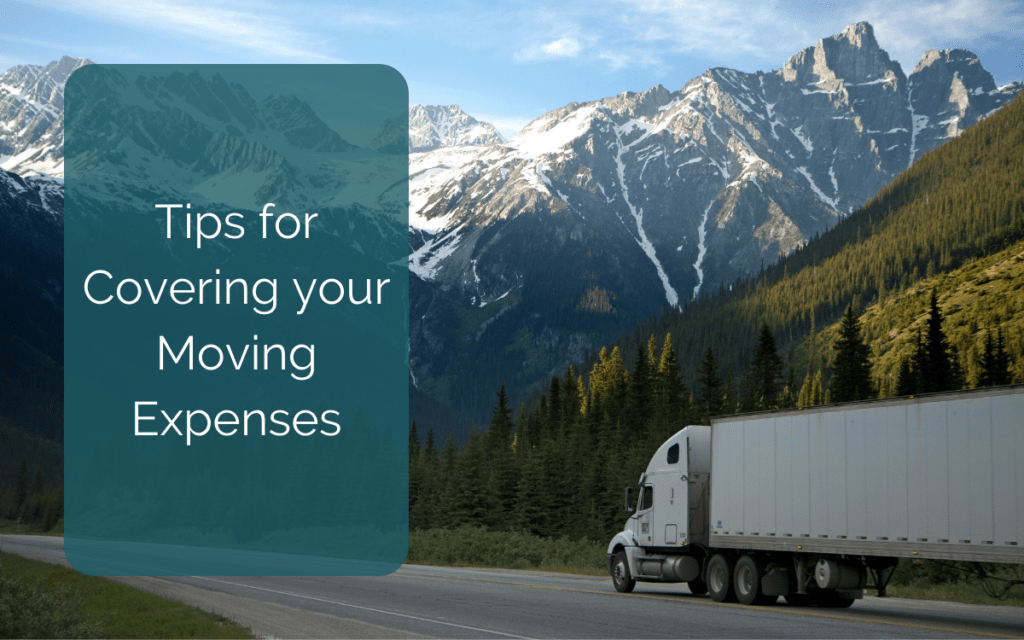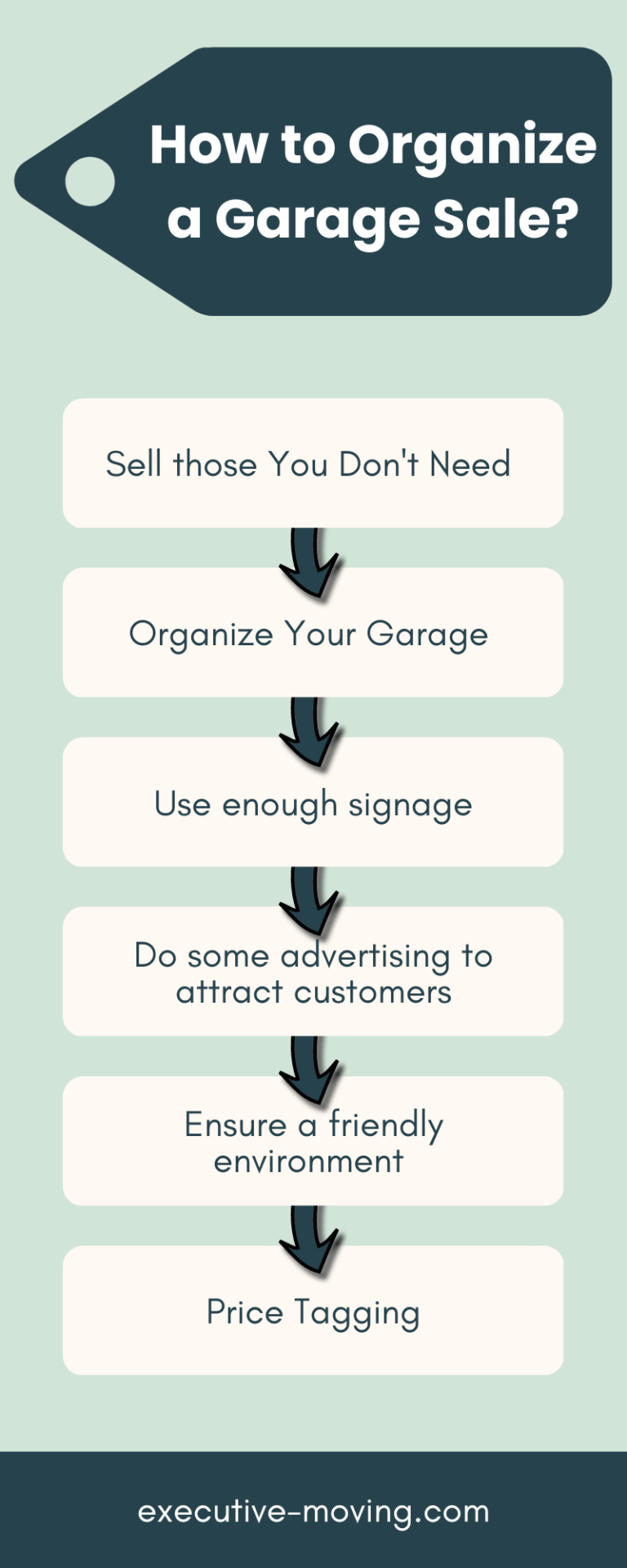
Cost of Living in Calgary: a Simple Guide for Everyone
Cost of Living in Calgary: a Simple Guide for Everyone Why did the budget-conscious Calgarian cross the road? To get to the other side… where 🏠 rent was just a little cheaper 💰! Read on to find out the actual cost of living in Calgary. Don’t worry, have some Budget













